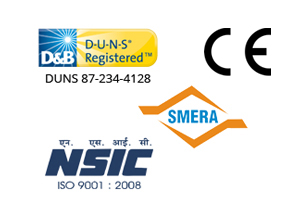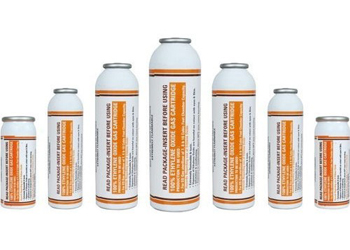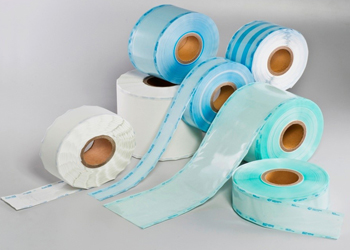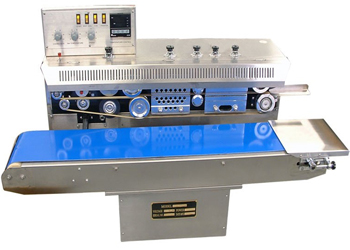Sterilization is a critical process in various industries, particularly in healthcare, where ensuring that medical equipment and instruments are free from harmful microorganisms is paramount. However, not all sterilization methods are suitable for all types of equipment. Ethylene Oxide (ETO) sterilization is the preferred method for sterilizing heat- and moisture-sensitive equipment, which cannot withstand the high temperatures and moisture typically used in other sterilization methods, such as steam sterilization.
In this article, we will explore why ETO sterilization is essential for heat- and moisture-sensitive equipment, highlighting the unique benefits of this method and the types of materials and equipment it best serves.
Understanding Ethylene Oxide (ETO) Sterilization
Ethylene Oxide (ETO) is a gas-phase sterilization method that utilizes ethylene oxide gas to destroy harmful microorganisms, including bacteria, viruses, and spores, on medical equipment and other sensitive items. The process works by disrupting the DNA of microorganisms, effectively rendering them unable to reproduce, which results in sterilization.
What makes ETO sterilization particularly effective for heat- and moisture-sensitive materials is that it operates at low temperatures (typically between 30°C and 60°C) and does not rely on water or moisture, unlike steam sterilization. This makes ETO sterilization ideal for materials that might degrade or lose their functionality under high heat or exposure to moisture.
Heat-Sensitive Equipment: Why ETO is the Best Option
Many medical devices, especially those used in minimally invasive procedures, are made from plastics, rubbers, or electronics, which are highly sensitive to heat. High temperatures used in traditional sterilization methods, such as steam sterilization, can cause these materials to warp, melt, or lose their integrity, rendering them unsafe or unusable.
Examples of Heat-Sensitive Equipment:
- Endoscopes: Used in minimally invasive surgeries, endoscopes are typically made of plastic and sensitive electronic components, which cannot withstand the high temperatures of steam sterilization.
- Catheters: These thin, flexible medical devices are made from silicone or rubber, materials that can degrade or lose their shape under heat.
- Surgical Instruments with Plastic Handles: Many surgical instruments, such as scalpels or forceps, have plastic handles that are vulnerable to melting when exposed to steam.
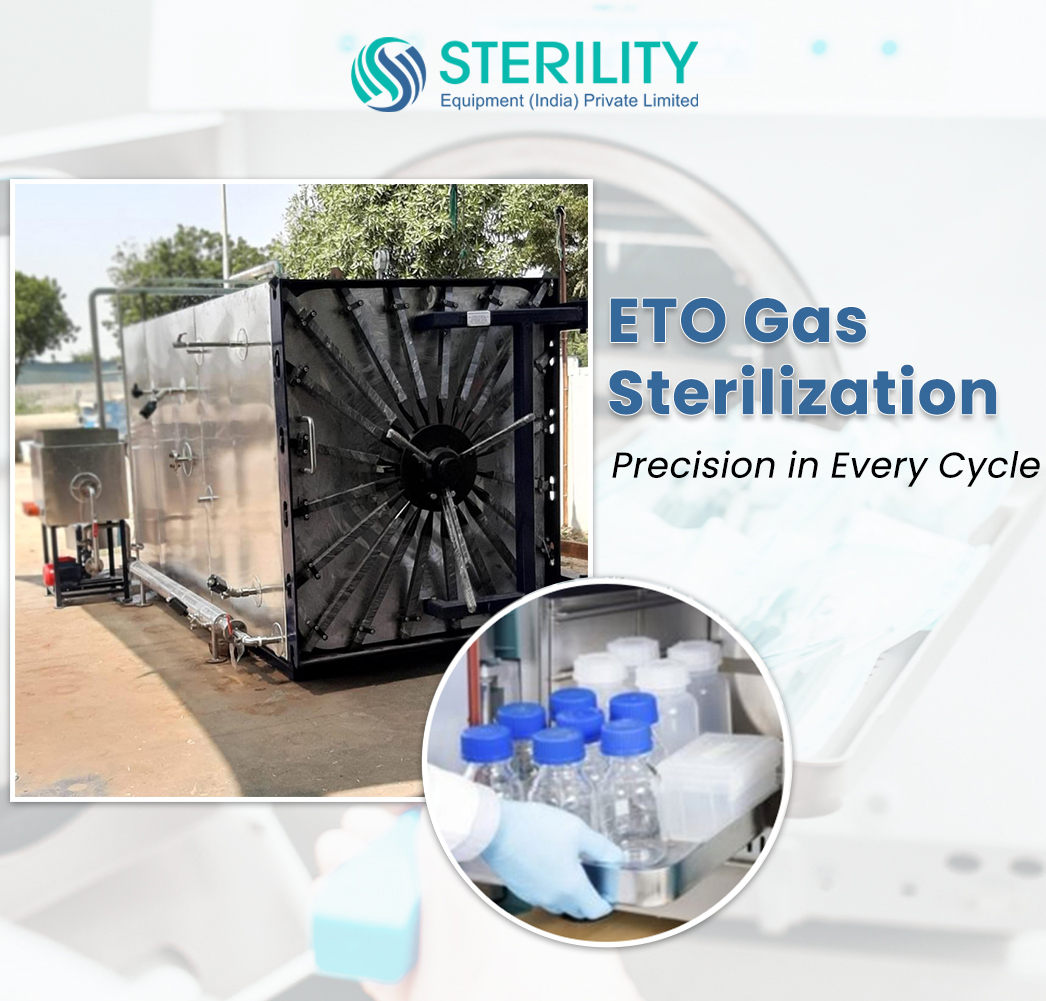
Why ETO is Ideal:
- Low-Temperature Process: ETO sterilization operates at lower temperatures, meaning it can sterilize heat-sensitive equipment without damaging it.
- Gentle on Delicate Materials: Since no heat is used, ETO ensures that plastics, rubbers, and electronics remain intact and functional after sterilization.
- Ideal for Complex Instruments: ETO sterilization can penetrate complex devices, such as endoscopes and surgical tools, that may have intricate designs or electronic components that could be damaged by heat.
Moisture-Sensitive Equipment: Why ETO Works Best
Another important reason why ETO sterilization is essential for certain equipment is its ability to sterilize items that are sensitive to moisture. Unlike steam sterilization, which uses high-pressure moisture (steam), ETO sterilization does not introduce any moisture into the sterilization process, making it ideal for moisture-sensitive devices.
Examples of Moisture-Sensitive Equipment:
- Electrical Components: Medical devices with electronic circuits and sensors (e.g., pacemakers, defibrillators) can be damaged by exposure to moisture, leading to malfunction or complete failure.
- Surgical Drapes and Covers: Many surgical drapes, gowns, and other sterile covers are made from paper-based materials or lightweight fabrics that may lose their sterility if exposed to moisture.
- Pharmaceutical Packaging: The packaging of pharmaceutical products, especially sterile syringes and vials, is often sensitive to moisture, which can cause deterioration or contamination.
Why ETO is Ideal:
- No Moisture Involved: Because ETO is a gas-based sterilization method, it avoids the risks associated with moisture, which could cause sensitive materials to degrade or lose their functionality.
- Prevents Material Damage: Materials that could potentially absorb moisture and degrade in steam sterilization (like paper packaging or electrical components) remain unaffected by the ETO process.
- Ideal for Pharmaceuticals: ETO is frequently used in the pharmaceutical industry for sterilizing vials, syringes, and other sealed products, where moisture could cause contamination or physical damage.
Penetration Power: Sterilizing Complex and Packaging Materials
ETO sterilization also has a distinct advantage in its ability to penetrate complex and multi-layered materials, such as sealed packaging, wrapping, or multi-component instruments. The gas molecules of ethylene oxide can easily penetrate porous materials, sterilizing not only the surface but also the inner components of the equipment.
Examples of Complex Equipment:
- Medical Kits: Medical kits that include a combination of disposable instruments, sutures, and dressing materials in sealed packaging can be sterilized using ETO without the need to remove them from their packaging.
- Implants: Devices such as joint implants, heart valves, and stents may be sterilized in their final packaging, reducing the risk of contamination after sterilization and ensuring the sterility of the device until it is used.
Why ETO is Ideal:
- Deep Penetration: The gas-phase nature of ETO allows it to sterilize items within their packaging, ensuring that even complex items with many components or porous materials are thoroughly sterilized.
- Safe for Pre-Packaged Equipment: Unlike steam, which may not effectively penetrate sealed packaging, ETO ensures that the sterility of pre-packaged products is maintained, which is crucial in healthcare settings.
Efficiency and Flexibility in Sterilization
Another advantage of ETO sterilization for heat- and moisture-sensitive equipment is its flexibility in handling different loads and its ability to sterilize a wide range of materials. Whether you are sterilizing a batch of medical devices, individual components, or complex equipment, ETO can be customized to suit the specific needs of the load.
Why ETO is Ideal:
- Customizable Cycles: ETO sterilization cycles can be adjusted based on the load size, material composition, and sterility requirements. This flexibility allows for efficient processing of different types of equipment, from small devices to bulk sterilization.
- Scalable for High Volume: ETO sterilizers are scalable, making them suitable for both small and large-scale sterilization needs, allowing healthcare providers to maintain a continuous flow of sterile equipment.
Regulatory Compliance and Safety
ETO sterilization is not only effective for heat- and moisture-sensitive equipment but also aligns with stringent regulatory standards set by authorities like the FDA, ISO, and AAMI. These regulations ensure that the process is reliable, safe, and consistent, making it a trusted method in the healthcare and pharmaceutical industries.
Why ETO is Ideal:
- Proven Safety: When conducted in a controlled environment with proper safety protocols, ETO sterilization is safe for both personnel and patients.
- Compliance with Global Standards: ETO sterilization is recognized globally for its ability to meet sterility assurance levels (SAL), ensuring that all equipment is sterile and safe for use.
Conclusion
Ethylene Oxide (ETO) sterilization is essential for heat- and moisture-sensitive equipment because of its ability to operate at low temperatures and without introducing moisture, ensuring that delicate materials and complex devices remain undamaged. From endoscopes to surgical tools, implants, and pharmaceutical packaging, ETO provides a safe, effective, and efficient sterilization solution that ensures sterility while preserving the integrity of the equipment.
In comparison to other methods like steam sterilization, which can cause damage to heat-sensitive and moisture-sensitive materials, and radiation sterilization, which may not be suitable for all types of equipment, ETO sterilization offers the best balance of effectiveness and material compatibility. For industries that handle delicate and sensitive medical devices, ETO sterilization is the go-to method for achieving reliable and safe sterilization results.

